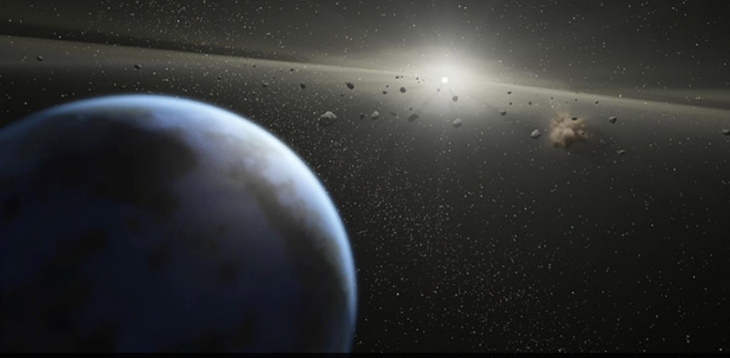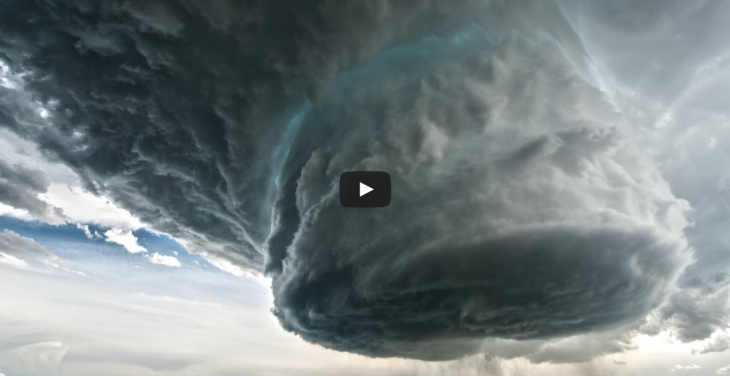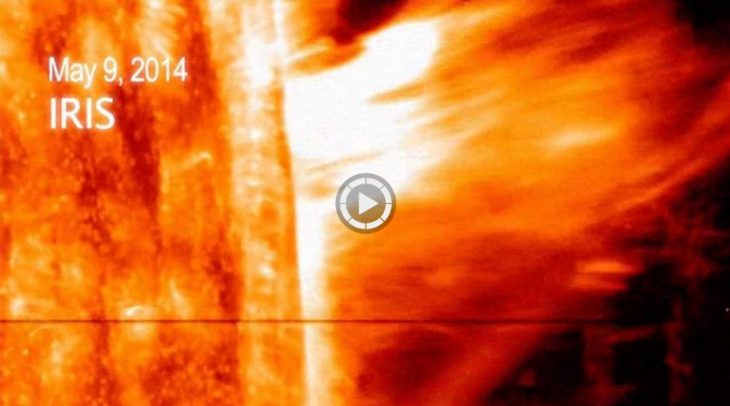A newly discovered near-Earth asteroid “2014 HQ124” now dubbed “The Beast” will make its closest approach to the Earth on June 8, 2014. Just before 06:00 UTC “The Beast” will fly-by our planet at a close but safe distance of 0.0084 AU (3.3 LD, 1.25 million km).
2014 HQ124 is on the list of Potentially Hazardous Asteroids (PHA). An asteroid is considered a PHA if its minimum orbit intersection distance with respect to Earth is less than 0.05 AU (7.5 million km, 4.6 million miles, approximately 19.5 LD) and its diameter is at least 100 to 150 meters (330 to 490 ft).
This is big enough to cause regional devastation to human settlements unprecedented in human history in the case of a land impact, or a major tsunami in the case of an ocean impact. NEOWISE data estimates that there are 4,700 ± 1,500 potentially hazardous asteroids with a diameter greater than 100 meters. Asteroids larger than 35 meters across can pose a threat to a town or city.
According to JPL, asteroid 2014 HQ124 has an estimated diameter of 320 m. It will fly-by Earth at the speed of 14.5 km/s.




